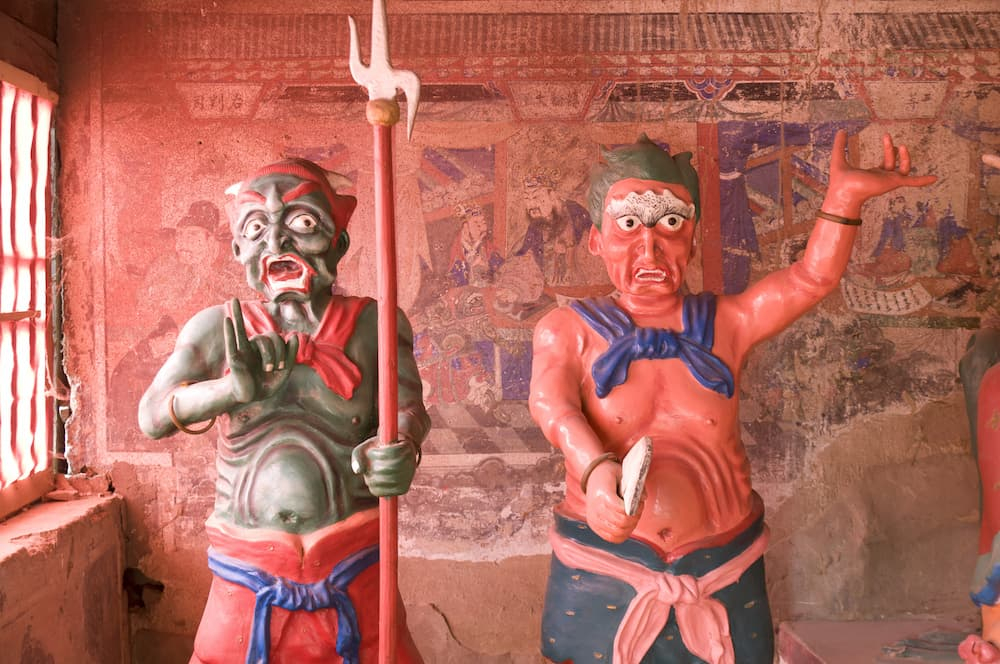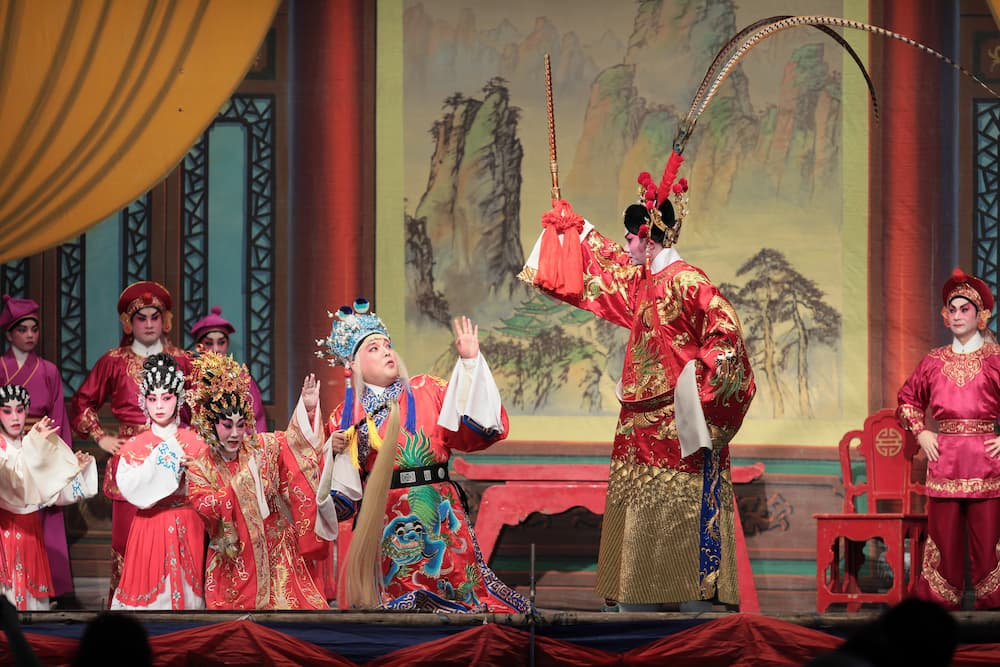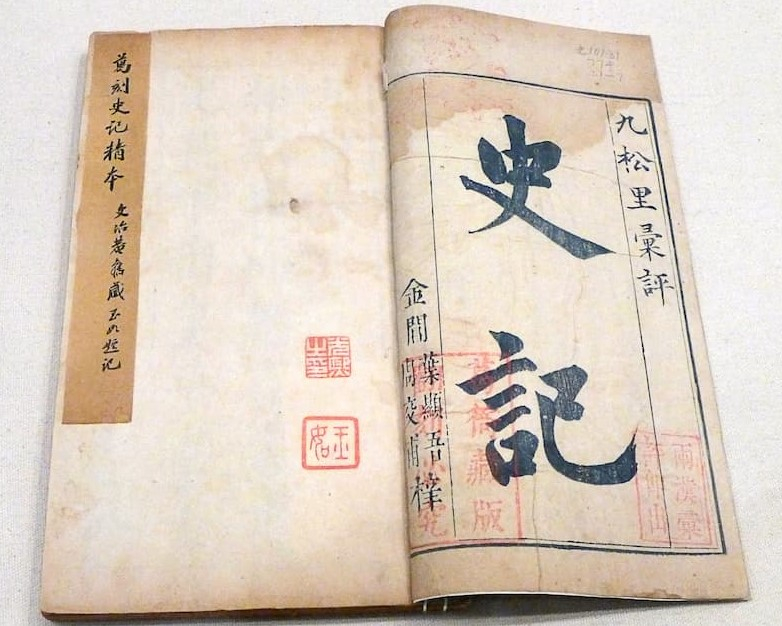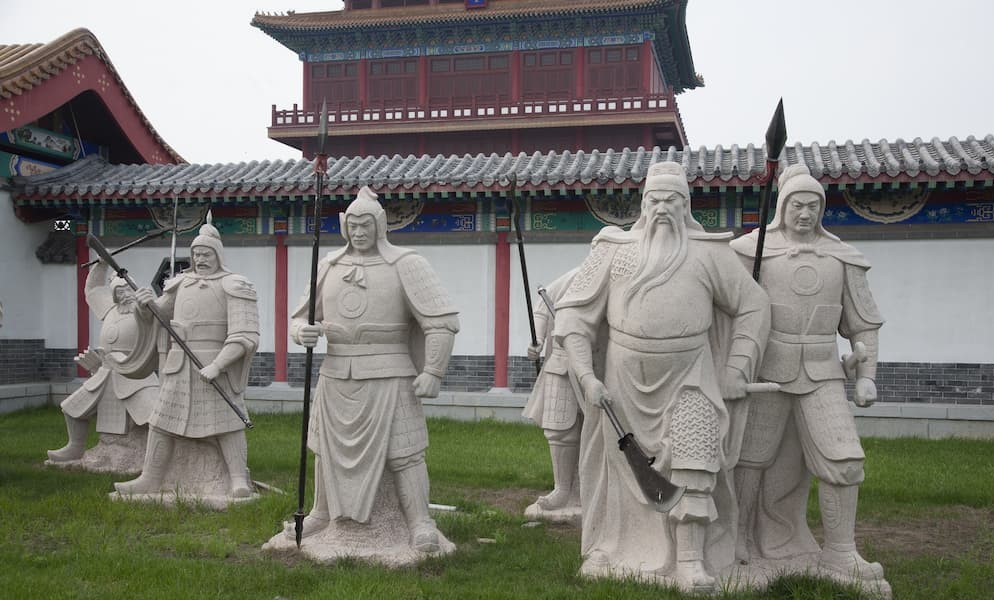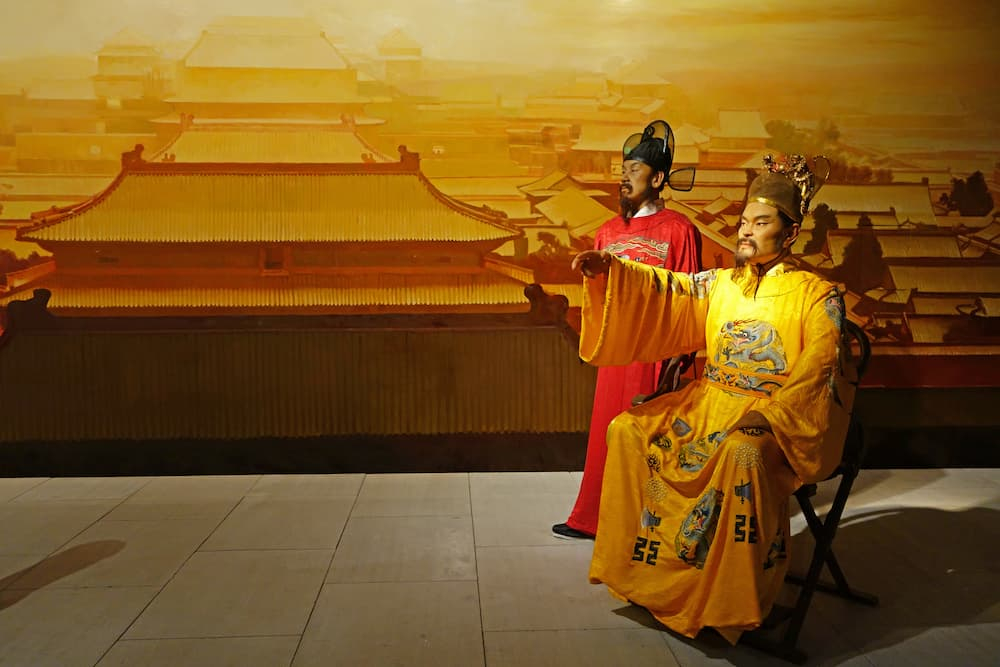
Ghostly Tales in the Wei and Jin Dynasties
Splendid
Chi Culture
Topic
Ghostly Tales in the Wei and Jin Dynasties
Confucianism was challenged during the late Han dynasty (漢代). Literati began to seek a more unique style of creativity. From the Wei (魏) and Jin (晉) dynasties to the Northern and Southern dynasties, “Zhiguai” (志怪, meaning “records of the strange”) became popular. The term “Zhiguai” first appeared in Zhuangzi - Xiaoyao You (《莊子‧逍遙遊》, Zhuangzi - Free and Easy Wandering ), stating that the Qixie (齊諧) was Zhiguai. Qixie was a book from the state of Qi (齊國) recording strange events . “Zhi” means “to record”, and “Guai” refers to strange or miraculous events and tales.
Zhiguai of the Wei-Jin period is read as historical material here. Starting with specific stories or certain types of story, we will interpret the social conditions and cultural mentality that gave rise to ghost stories. Storytellers, such as sorcerers and literati, along with the political power hidden behind the tales that lacked concrete images, will be a focus of analysing the fiction of Zhiguai.
The Wei-Jin Zhiguai, embodying social memories, were collected by historians from the imperial records and from discussions in local neighbourhoods. Ancient people believed in ghosts and gods, and the telling of ghost stories was an important interaction for the literati of the Six dynasties. In addition to the daily entertainment value of ghost stories, more importantly, the literati at that time believed that the emotions and situation of ghosts and gods mirrored the order of the universe and human society, which could guide people on how to live and act in accordance with the will of heaven. The creation of ghost stories was subject to fewer taboos than official history, and these stories could record things that were difficult to include in the latter. In addition, ghost stories spread more easily, and could serve as a tool to guide public opinion.
“Ghosts” in Wei and Jin Zhiguai not only referred to human ghosts, but also include gods, beasts, monsters, and nameless demons, and even exposure to an unsuitable environment, homesickness, loneliness, fear, or even peculiar places. Ancient people believed that these things could transform into a ghostly form. In ancient times, people travelling on the road would encounter attacks from ghosts, skeletons and tigers, and ordinary people living alongside death. In the worldview of the people at that time, these ghosts reflected the real dangers in society, and perhaps a hint of the future from heaven.
People in the Six dynasties sought to avoid involvement in affairs related to the will of heaven, ghosts, and gods. Divination before travelling and carrying sacrificing activities in folk temples were prevalent at that time. Sorcerers fabricated religious tales to induce believers; and stories about rebels or defeated generals becoming immortal also revealed the political factions manipulating the sorcerers hidden behind the stories. Stories of enchantresses serving the gods indicate the special status of this duty during the Six dynasties. The dissemination of these stories shaped people’s reactions to ghosts and gods, meaning they were under the former’s constant gaze.
In the earlier version of “A Dream of Yellow Sorghum” (黃粱一夢) or “A Dream of Nanke” (南柯一夢) back in the Jin (晉代)-Song (宋代) period, a merchant dreamed of a good marriage and becoming a secretariat official, reflecting the social anxieties of that time. Zhiguai revealed the everyday logic of the ordinary people during the Six dynasties. The two major concerns in their daily lives were firstly, to properly handle their relationships with ghosts or gods so as to protect themselves; secondly, to advance in social hierarchy in their life time.
Through collating ghost stories, literati connected the imperial and folk cultures. Huating Heli (華亭鶴唳, “Nostalgia for Afterglow”) and Guangling San (廣陵散, “Guangling Tune”) depict the deaths of Lu Ji (陸機) and Ji Kang (嵇康), respectively, during the late Western Jin dynasty. Their daily lives and executions were fictionalised as Zhiguai, projecting the collective emotions of literati at that time. In the evolution of stories from the late Han dynasty (漢代) to the Southern dynasties’ Xiong Ting (凶亭, an inauspicious pavilion), reflected the significant influence of famous literati on young scholars.
Some hidden connections can be found between the Wei-Jin Style, “A Dream of Yellow Sorghum”, Huating Heli, and the psychological habits of Chinese people in their action as well as their beliefs in ghosts and gods. These small stories are subtle and complex, containing the mysterious aspects of Chinese culture.



